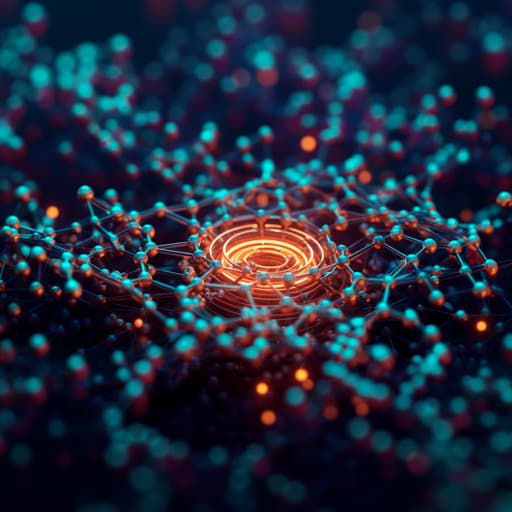
Medicine and Health
Three-Dimensional Structural Insights Have Revealed the Distinct Binding Interactions of Agonists, Partial Agonists, and Antagonists with the µ Opioid Receptor
Z. Li, J. Liu, et al.
Explore the structural intricacies of the µ opioid receptor through this comprehensive review by Zoe Li, Jie Liu, Fan Dong, Nancy Chang, Ruili Huang, Menghang Xia, Tucker A Patterson, and Huixiao Hong. Delve into the distinctive binding interactions of agonists, partial agonists, and antagonists, paving the way for the next generation of safer opioid analgesics.
~3 min • Beginner • English
Related Publications
Explore these studies to deepen your understanding of the subject.







